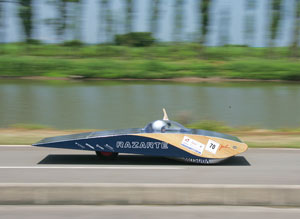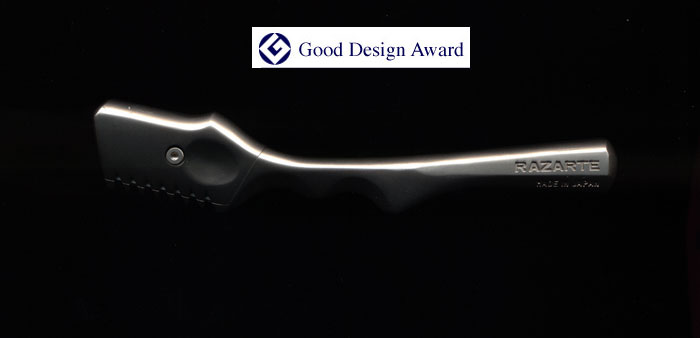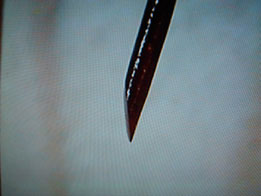Press Release No.1 Green
Journey Team
Jonasun
Solar and Hydrogen car JONASUN
Little JonaSun runs using only energy from the sun and hydrogen.
It discharges only a small amount of pure water.
Technical support:
Tamagawa University
Namikoshi Electronics
Cooperation:
mode studio Q
RAZARTE JAPAN INC.
ZIAS PRODUCTS
IRC TIRE
MITSUBA
EBARA BALLARD ・・・etc
|
|
Sponsors:
FCCJ: Fuel Cell Commercialization Conference of Japan
AIPFC: Akita Association for Industry Introduction and Promotion of Fuel Cells
NPO Clean Energy Alliance
NPO Akita Forum on Ecology
(Akita Center for Climate Change Actions) |
<We love a clear blue sky...>

<We want to protect the blue sky forever…>
Human beings have created wonderful technologies.
These technologies enable us to move freely anywhere we want without creating burdens on the environment.
We intend to prove the technologies on Little JonaSun by using a solar cell and a hydrogen fuel cell at PWSC2007.
We believe it’s time we all stop depending on fossil fuels in our lives.
We propose these new technologies, hoping that people around the world can continue a beautiful and peaceful life without war in the near future when petroleum reserves gradually exhaust themselves around the earth…
<JonaSun has opened the door of the future>
The main technologies of Little JonaSun are as follows.
Solar car technology: This wonderful system enables us to make friends with the sun, whom we all know.
Fuel cell technology: This eco-friendly energy system is currently being researched by engineers worldwide as a trump card for the next-generation automotive society.
H2solar hybrid technology: An even more ideal energy system can be obtained by combining the advantages of a solar car and a hydrogen fuel-cell car.
Little JonaSun is a vehicle developed exclusively as a hybrid solar energy-hydrogen fuel cell car.
<What do we see for the future?>
|
JonaSun cannot yet make hydrogen by itself, but the following are expected to be realized in the future...
Not only can the electric power generated from the solar cell be used, but the hydrogen made from the remaining electric power can also be obtained only by parking at an outdoor parking lot on a sunny day. An ideal car that is able to constantly and fully recharge itself will soon appear.
In this ideal car, when hydrogen from the in-vehicle cylinder is not sufficient, such as when cruising long distances, additional hydrogen can be supplied at hydrogen stations along the way.
Also, burdens to the environment would be eliminated by introducing eco-friendly hydrogen from hydrogen manufacturing systems, such as that generated from wind power and solar power.
This is possible because hydrogen is a fuel that we humans can make safely... |
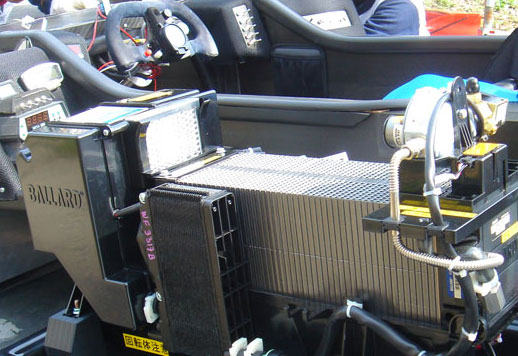 |
<A seagull that can fly the highest can also see the farthest…>
|
Team JonaSun has so far pursued to make people’s lives beautiful.
To offer hairstyles loved by everyone, and to help create a future where everyone can live beautifully...
Our team is tackling both.
We believe that people around the world can live comfortably on our beautiful earth.
<Little JonaSun> is striving toward such a future.
Think about the earth ・・!!
You are beautifull・・!!
|
 |
Q&A
| Q1: |
JonaSun specifications |
| A: |
Total length: 4 m; Total width: 1.5 m; Total height: 1 m; Vehicle weight: 147 kg;
Cruising speed with one passenger: 80 km/h
Solar cell output: approx. 600 W
Fuel cell output: approx. 600 W (when cruising) |
| Q2: |
Team profile |
| A: |
The team was established in 1994. Hisahiro Yamamoto is one of the founding members of WSR, which is one of the world’s three major solar car races. Taking advantage of this, he actually manufactured a solar car and participated in the race, and has continued to do so up to now. Primary team members comprise staff members of the beauty salon “mode studio Q” and their friends. |
| Q3: |
Activity history of the team |
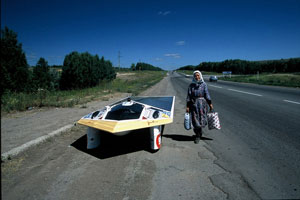 |
| A: |
Since 1994: Has participated in the World Solar-Car (WSC) Rally in Ogata, Japan every year since.
1996 & 1999: Participated in the WSC.
Won second prize in the private class in 1999.
Summer 2001: Crossed the Eurasian Continent with the solar car.
2003: Began manufacturing Little JonaSun and decided on fuel cell hybridization.
2007: Completed the vehicle and began running with the hybrid setup. |
| Q4: |
History of the hybrid solar-fuel cell car |
| A: |
In 2003, a fuel cell section was newly added to the WSR solar car race that has been held since 1993 in Ogata village, Akita Prefecture, Japan. A hybrid solar-fuel cell car was manufactured by integrating the solar car technology thus far cultivated to this fuel cell section; Tamagawa University was the first to realize the new system. The vehicle from Tamagawa University had already crossed the Australian continent, proving its ability. The fuel cell and hybrid sections of the WSR still produced a large number of challengers, especially students. |
| Q5: |
Relationship between hair design and JonaSun |
|
| A: |
Making the earth beautiful leads to making human beings beautiful.
<Natural dry affirmation>:
We, as beauty artists, confront environmental burdens by using driers and chemicals, etc.
Therefore, we advocate that beauty artists around the world refine their skills to promote natural dry hair.
In addition, team member Hisahiro Yamamoto, who designed JonaSun, completed RAZARTE after spending 20 years on its development. RAZARTE is a hair cutter for professional beauty artists that has won the Japanese Good Design Award, and is best suited for creating the natural dry look.
JONASUN proudly displays the RAZARTE logo as a message of the natural dry promotion to beauty artists throughout the world.
Each person needs to do what he/she can... |
|
